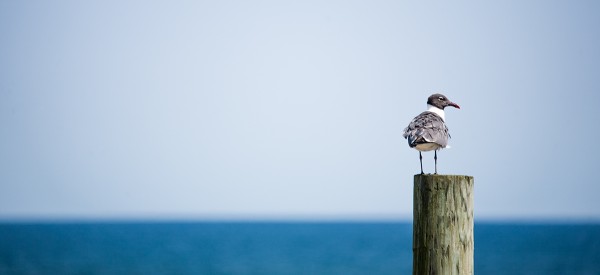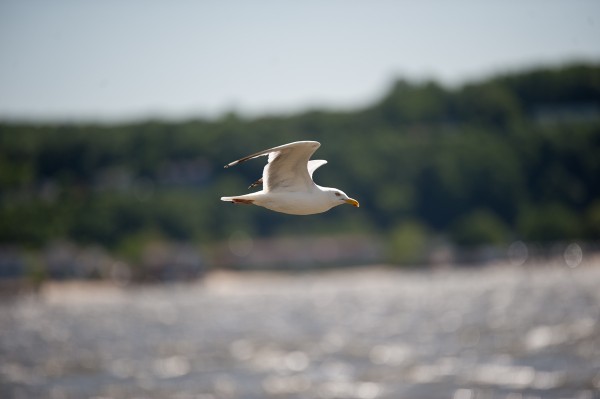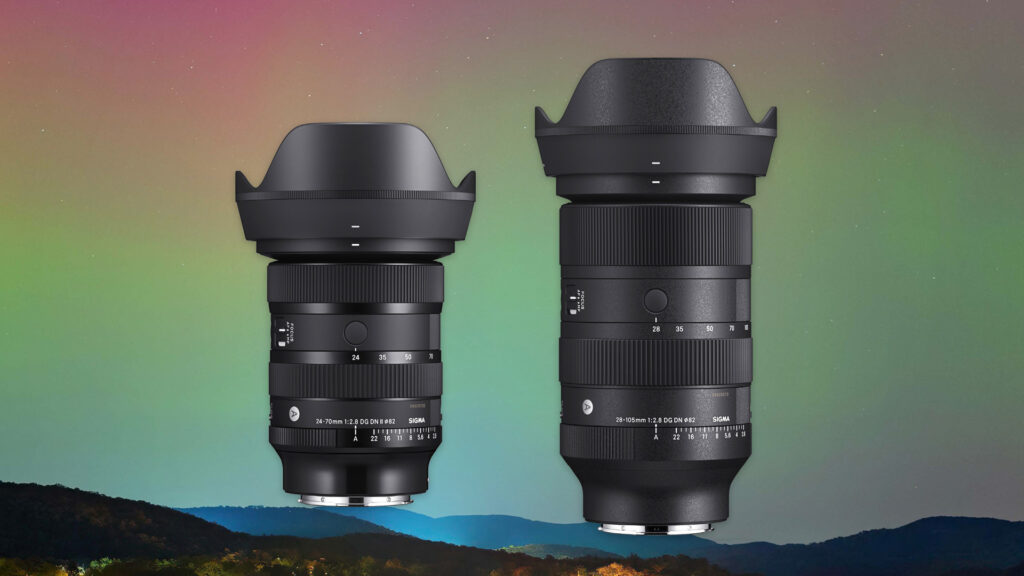Learning how and when to use different settings and options for image capture is one of the most important parts of becoming a stronger photographer. There’s no setting or camera function that’s going to be perfect for all situations, while is exactly why there are so many options. For example, every DSLR offers a couple variations on Autofocus for either a Single-shot or Continuously tracking autofocus.
Each has it strengths and purposes, and even with that, there’s still times when switching the lens to manual focus is the best way to ensure that your chosen subject and focal point is sharp in the image. In this piece, we’re going to look at three photos of seagulls to briefly explore and explain the reasons why to choose one type of AF or manual focus over the others.
Single-Shot Autofocus
In a nutshell, here’s how single-shot autofocus works: You aim your lens at the subject and press the shutter button to engage autofocus. Once the AF algorithms determine that there is something in focus at the selected AF points, autofocus stops, and the lens stays at the focal distance until either the shutter is fired or the autofocus is reengaged by letting go of the shutter button to restart AF. This mode of Autofocus is best suited for stationary subjects, such as a family sitting on a bench for a posed portrait, a child napping in a crib, a posed shot of a child in their team uniform, a non-sentient subject such as a statue, or as shown here, a laughing gull sitting atop a telephone pole at water’s edge.
Continuous Autofocus
Continuous Autofocus strives constantly to keep whatever is in the active AF point perfectly sharp. So long as the shutter button is held halfway down, the camera and lens keep working to ensure that whatever is in that AF zone is sharp when the shutter is fired. This is handy for moving subjects, such as runners approaching a finish line, horses trotting across a meadow, a child riding a trike down the lane, or a herring gull in flight over a bay. Tracking subjects in motion is trickier than capturing still subjects, and depending on the camera, lens, and subject contrast, it is likely that some shots will be missed. But remember, at the end of the day, it’s not about what you miss, but the shots you do succeed in capturing that truly count!
Skipping Autofocus and Opting for Manual Focus
Despite the artificial intelligence of camera’s AF algorithms, there are times when good old human intuition should be employed to override the camera’s processors. And that’s why every camera and lens still offers a manual focusing ring. Continuing with our gull theme, one very good reason to switch to manual focus is when you can anticipate where the focal point is going to be, even if the subject hasn’t yet arrived there. So, for example, in this photo, we focused on the empty piling, then switched to manual focus, so that when one of the gulls in the area decided it was time to come if for a landing, we’d be ready instantly to snap the frame–without the camera engaging autofocus and searching out to the horizon and potentially missing the moment.
Another very good illustrative example of when and why to consider manual focus is the “stealing second base” scenario in baseball. There are times when it is very likely that the runner on first is going to make a break for second, and that’s where you’ll want to be focused, even if there’s nothing happening there at the moment. There’s only the bag to pre-focus on before the pitch, and you don’t necessarily want the base directly in center of the frame. But you can manually focus on the bag and recompose the frame so the bag in focus is lower in the frame and wait for the pitch. Then, once the pitch is away, and the runner sprints from first, you’re ready to fire off a series of frames as he enters the frame from the right and slides in while the 2nd Baseman enters the frame from the left and tries to make the catch and tag-out. There’s no AF search and confusion with the two moving subjects as the lens is in manual focus.
In short, this explains how, when, and why I choose a certain focus for a given photo situation. There are times when I might break these rules for various reasons, but more often than not, a photo situation can be mapped to one of these three gull-based scenarios.
- If it is standing still, I choose single-shot.
- If it is flying, I choose continuous.
- If I am anticipating a takeoff or landing at a given point, I choose manual focus.




